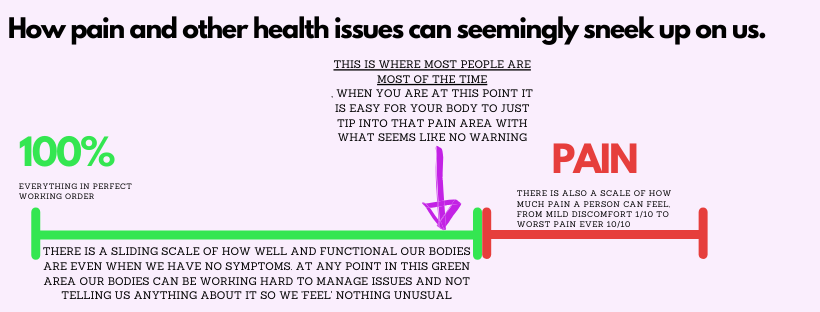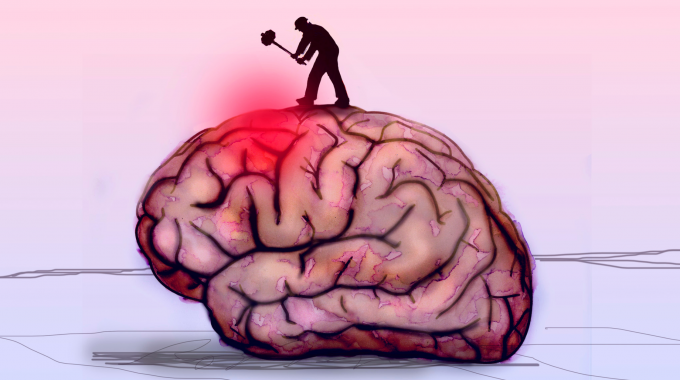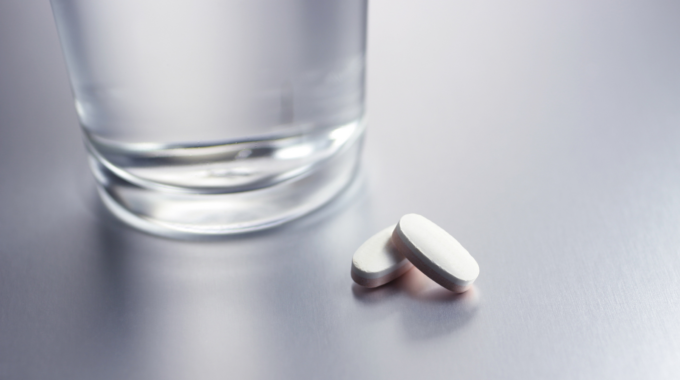Migraines and Chiropractic Migraine Awareness Week 22-28 September - I see many patients in clinic…

Managing Pain at home
I wanted to give some advice on managing pain at home because even though clinic is currently closed while we’re all in lockdown, people are still experiencing pain and discomfort. These may even be new symptoms for some as they have had a dramatic change to their lifestyle. These are a few of the issues that may have arisen from this situation:
- Sitting more can cause back pain.
- Walking more can cause foot pain.
- Not being able to go to the gym can cause reduction in strength and allow old injuries to resurface.
There are a few basics that you can do for yourself if you find that you are in pain or discomfort. As with all health-related solutions there is no need to wait until you are really suffering before you react. Even if you ‘only’ feel a bit of stiffness, soreness or discomfort you should take action as soon as possible to prevent any increase in your symptoms.
Pain is the bodies warning sign that something is not right, but there is a space between your body functioning at 100% and when the pain arrives,

Those little niggles, aches and feelings of stiffness that dissipate when you change position or activity are the early-early signs that your body is sending you to let you know that something somewhere isn’t quite right. It is easy to ignore these when they come and go as we forget about them as soon as they are gone. This, however, is the perfect time to make a change around whatever event it was that caused the discomfort to occur – sitting at your desk, going for a run etc
3 top tips for managing pain at home
- Use Ice
- Place an ice pack (or a bag of frozen veggies) on the area where you are feeling the pain. Remember to wrap the ice pack so that it doesn’t directly touch your skin (you can get ice burns).
- Cold therapy is great for when you hit a point of intense and unrelenting pain – the reason to choose cold over hot is that the cold reduces inflammation at the injury site and therefore reduces pain.
- Use the ice pack 10 minutes on / 10 minutes off – this helps speed up the healing process. You can do this as many times as you like in succession.
- Keep mobile
- Often when we feel pain we want to lie down or stay still as this can lessen the pain in that moment, but what you actually want to do is keep mobile.
- Keeping mobile will allow movement through the joints where injury has occurred and will gently warm the muscles up and reduce tension allowing some relief from spasm type pains.
- Motion should be slow and gentle and not include any aggravating movements e.g. if your back is sore; bending and twisting will aggravate it.
- Keeping your movement and posture as normal as you are able will help relieve tension and prevent pain in other areas of your body, which can occur as a result of abnormal movements and positions adopted.
- Get up and move around every 20 minutes when viable.
- You will generally find that the longer you are immobile the worse the pain will feel when you try to move again; this is why pain can feel worse first thing in the morning.
- Support the area of pain while you are resting
- Extra support takes any pressure or stretch away from a joint and allows the body to focus on healing.
- For example: If you’ve hurt your knee when you put your leg up to rest it, put a cushion underneath the knee as well.
Area specific advice
Low Back pain – when you are resting lie down or stand up rather than sitting if you can as sitting puts the most stress and pressure on the low back.
Foot pain – roll the bottom of your foot with a frozen bottle of water, this both stretches the plantar fascia and reduces inflammation which can be a factor in the amount of pain felt.
If you want more individual advice about any pain or discomfort you have you can book a Telehealth video consultation appointment until clinic is able to open again.
You can contact me now for more information and to book your Telehealth appointment.




Comments (0)